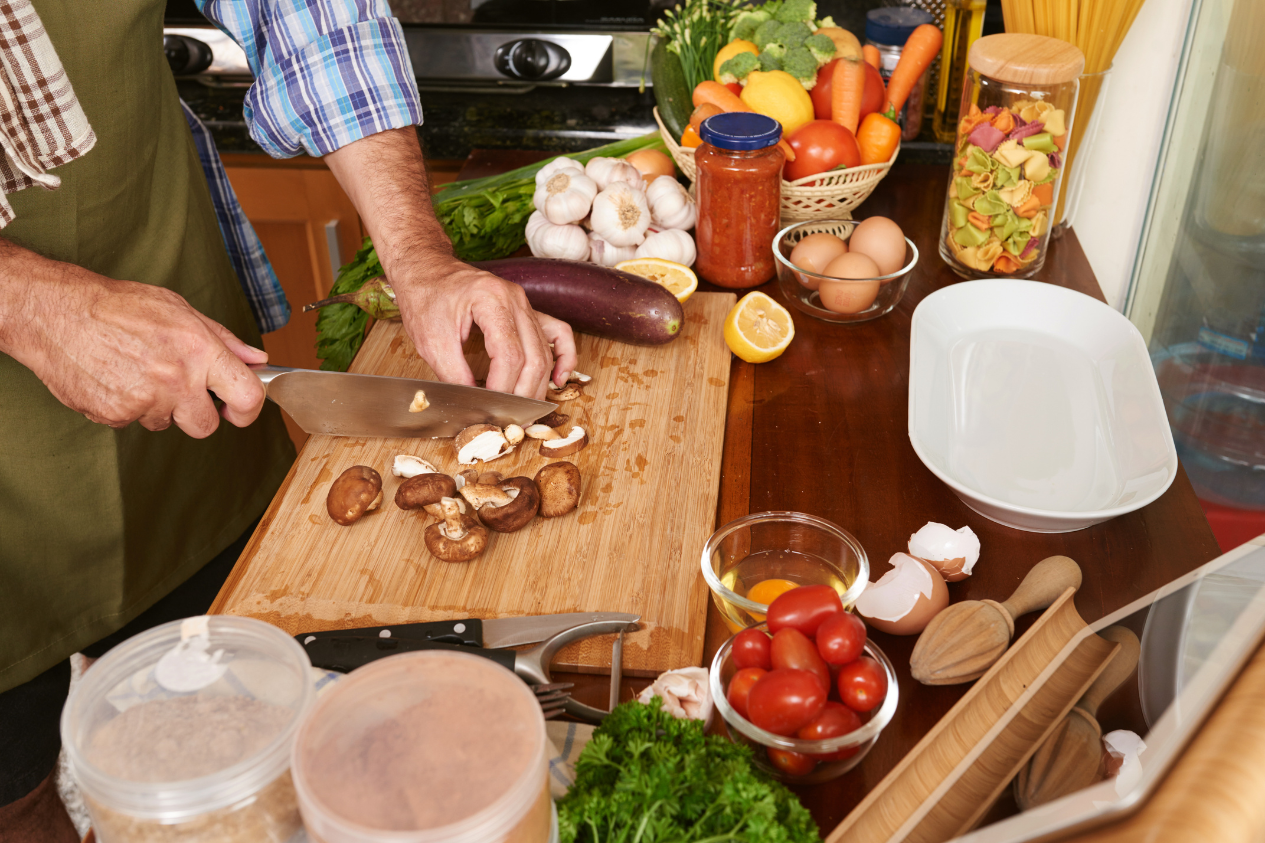
Why Traditional Cooking Methods Are Making a Comeback
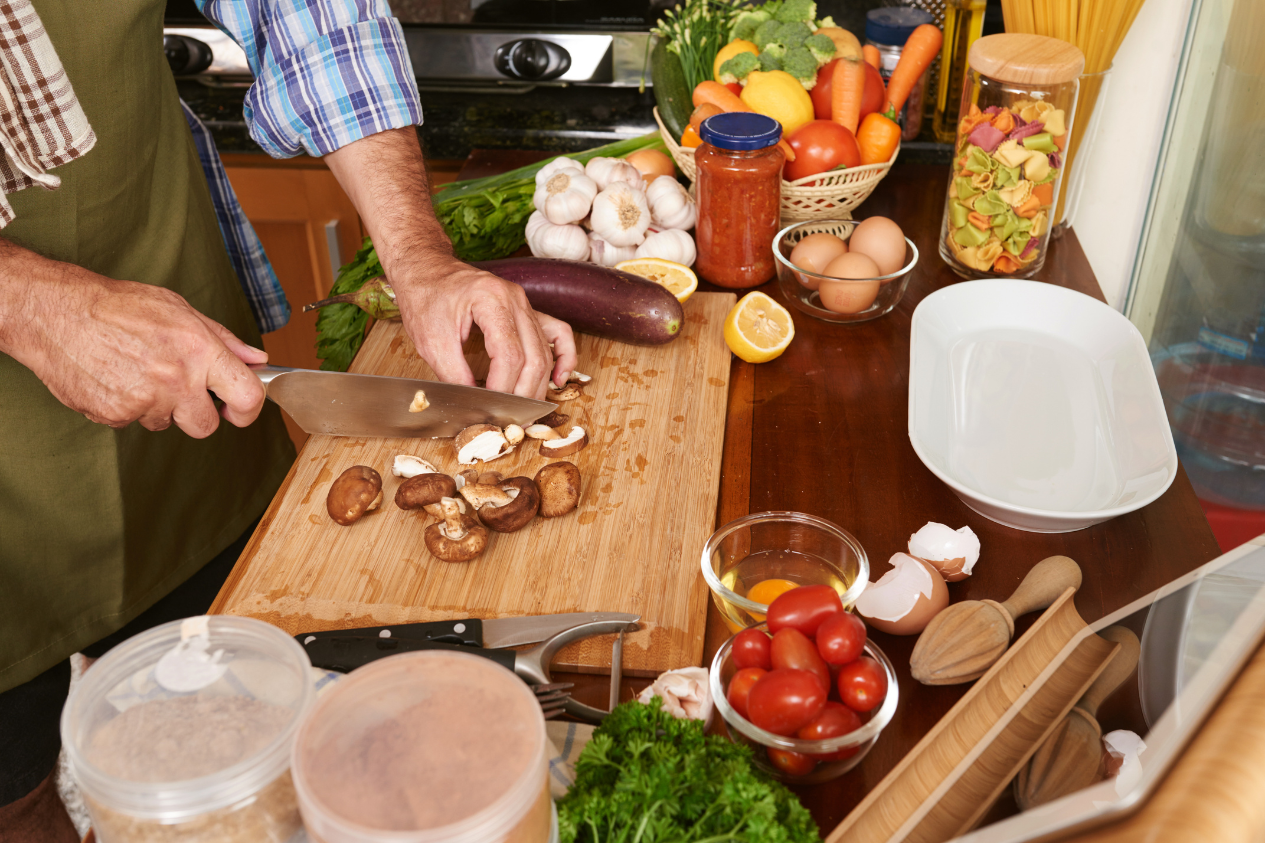
In a time characterised by speed and convenience—where microwave dinners, pre-chopped veggies, and Smart pot gadgets have become normal—it can be surprising to see something much older gaining steam: traditional ways of cooking. Across the globe, from urban apartments, modern restaurants, and even elite cooking schools, we are witnessing a return to tradition. From slow-cooking in clay pots to hand-pounding masalas, ancestral ways of cooking are stealthily and vigorously reclaiming their space in the contemporary gastronomic community..
So why are traditional cooking methods returning in 2025?
The answer rests in an emerging global urge to slow down, eat well, connect better, and cook wholeheartedly.
A Cultural Reclamation through Food
Traditional culinary approaches often spark a sense of comfort and familiarity, especially in the current world, race and culture. The hand process, for example, grinding spices with a silk batter or fermenting the batter for days to prepare light and fluffy idlis, is driven by not just techniques but an understanding that is richly layered with a lineage of being and experience.
People in India and plenty of other cultures are awakening to the fact that their grandmother's kitchen had a context that wasn't purely about providing food nourishment but was also about the connectedness of stories and rituals. Cooking in an earth or clay handi, or using brass patilas, is not simply an aesthetic move- it is about keeping the narrative of traditions alive.
Cultural nostalgia, which has been amplified by digital channels, has a revitalised interest in heirloom recipes, as well as the cooking “postures”. The culinary world of YouTube cooking channels, Instagram reels, and streaming food documentaries has made the old way of cooking seem romantic, and the genuine acknowledgement of the tradition of slowly preparing food.
Health, Wellness, and the Wisdom of Our Ancestors
A major driver of the renaissance of traditional cooking methods is increased attention on health and wellness. The new methods of cooking are often fast because they rely on technology, but lose value in nutrition. Traditional cooking methods are naturally affiliated with wellness, and those wellness principles are increasingly being recognised in science.
For example, the act of fermenting food traditionally enhances food flavour (i.e., dosa, idli, and pickles, kanji, etc) and offers gut-friendly probiotics. Cooking dals and broths in wood fires for long periods of time is not simply a matter of tradition; it is a way to maintain minerals for their intended purpose in our bodies while developing flavour that can rarely be accomplished in pressure cookers or microwaves. Using cast iron or clay pots to cook with foods can boost the iron or mineral content of the foods, in a food that is better absorbed.
Sustainable Cooking: A Recipe for Good Planetary Health
As people around the world become increasingly tuned to climate issues and aspire to live a sustainable lifestyle, traditional cooking is one of the most eco-friendly practices on the planet. It even predates the concept of zero-waste cooking. Traditional cooking generates very little waste, uses whole ingredients with little or no packaging, uses natural fuel sources like wood or cow dung cakes in some rural contexts, and uses kitchen equipment that has been passed down through generations.
Clay pots are biodegradable, brass and copper utensils can be recycled, stone grinders can last for decades, and no electricity is used whatsoever. Indigenous cooking processes are low-carbon, low-waste, and most importantly, respectful of the food being prepared and of the planet.
A culinary renaissance on social media
Ironically, one of the primary drivers of this resurgence has been modern technology itself. Across platforms like Instagram and YouTube, content creators are documenting traditional recipes, providing snapshots of ancestral practices, and sharing regional foodways. Clips of grandmas skillfully folding gujiyas, families using ancestral grinding stones, and tribal people cooking in bamboo have gone viral to countless audiences.
This has caused a ripple effect. What was previously labelled as “out-of-date” has been reframed as artisanal, slow food, or ancestral cooking. Chefs are opening restaurants with a focus on lost regional recipes. Home cooks are recreating lost recipes. Food influencers are resuscitating hyper-local style and ingredients, allowing generations to meet.
Blending Tradition and Modernity
It must be emphasised that this revival should not be construed as throwing out “modernity". In reality, it is a lovely blending of the old and new. Chefs in the present are using tools of the trade where needed, but their style of cooking is rooted in tradition.
For example, a chef may be fermenting dosa batter with a traditional recipe, but storing it in a smart fridge with a finished app. Or they may be creating a millet risotto, first using Indian grains, and then employing some Italian techniques, but slow cooking it in a clay pot for a smoky finish. Chefs are using tradition with innovation, like using a mortar and pestle to make Thai curry pastes or using patilas to make slow-cooked ramen broths.
In your contemporary kitchen, with glossy appliances and labour-saving devices, stop for a moment to consider: maybe the future of food is not about more convenience but rather connection.
Try making a family recipe in an iron kadhai. Make it your project one weekend to sun-dry your tomatoes or pickles. (You can pick your vegetable subtype of your choice). Teach your kids how to make caraway-made roti, like your grandparents showed you. Share rich food stories, ideas, tools, and methods with each other – as a group or just one-on-one. Because the old way of cooking is not just about making a meal, it's about preserving history.
Stay connected to Foodism for more such insights!
Related Blogs
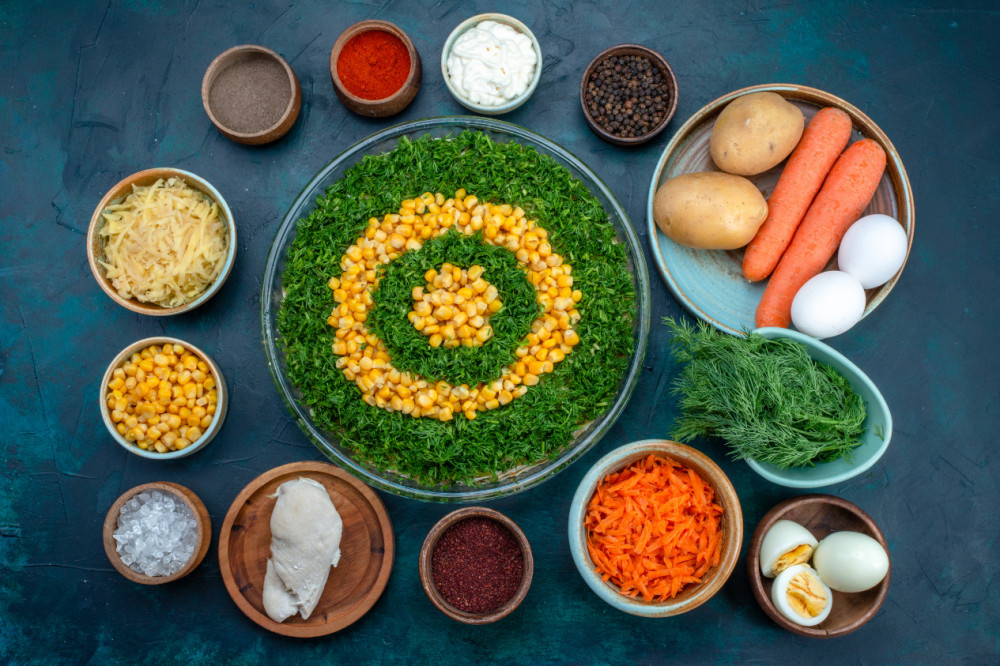
National Nutrition Week 2025 : Incorporating Nutritious Indian Superfoods
37 Views
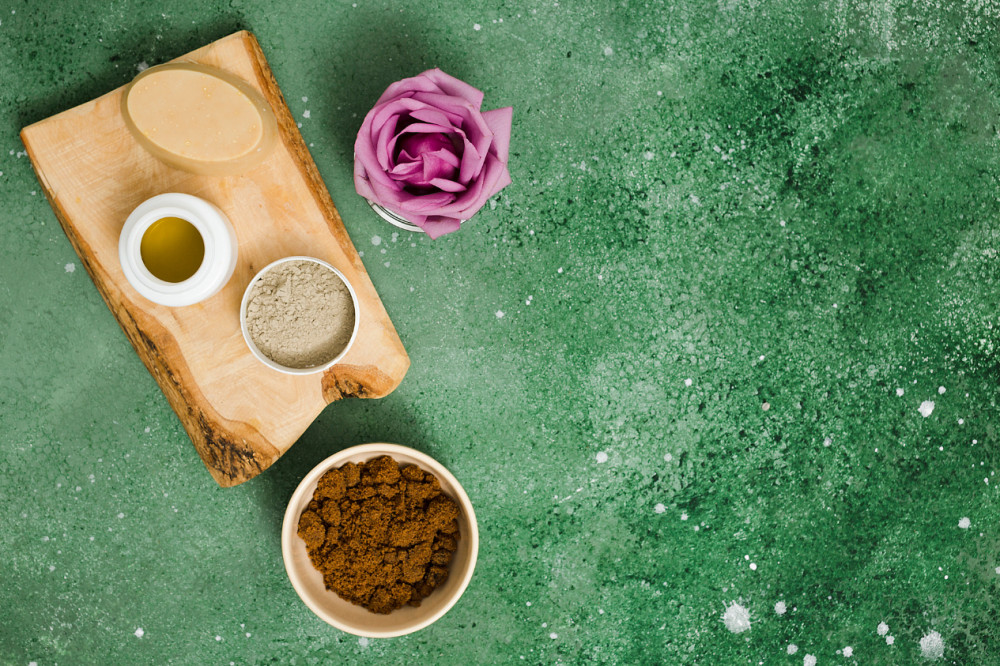
More Herbs, Less Salt Day: Indian Herb-Infused Recipes for Wellness
68 Views
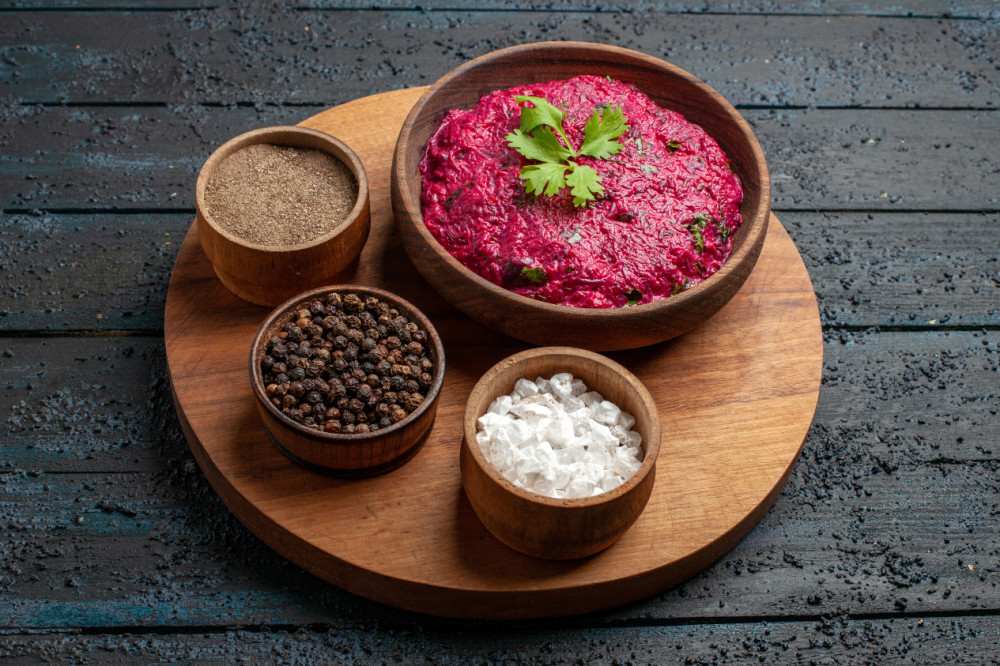
Fermented Indian Foods That Heal After Heavy Eating
78 Views

Reimagined: Creative Ways to Reuse Sweets & Savories
71 Views
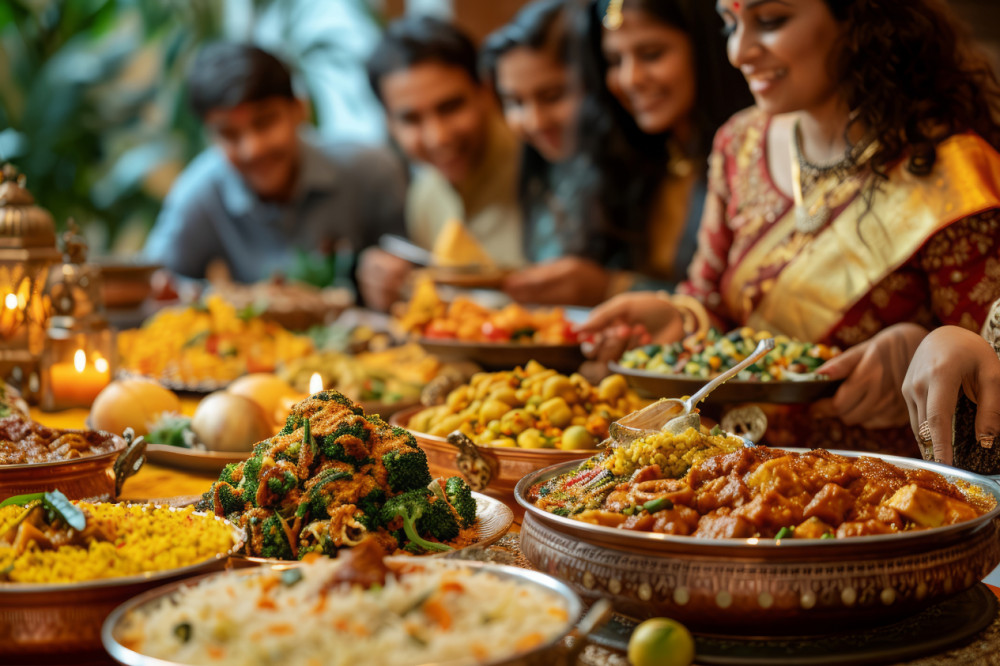
Rituals on a Plate: The History of Food Offerings in Indian Festivals
101 Views